Organic pigments
Organic pigment refers to colored material made of organic compound with pigment properties. Common types include azo pigments, lake pigments, phthalocyanine pigments and quinacridone pigments. They are all artificially synthetic organic compounds. The intermediate, synthesis process and equipment required by such kind of pigments are generally the same as that required by organic dyes, therefore usually manufactured in the dye industry. However, as pigments, they are, after all, different from the organic dyes.
The organic pigment has no affinity to the colored substance, instead being attached to the surface of the colored substance through adhesive or film-forming material to achieve the purpose of coloring the object.
Organic pigment is a class of insoluble organic compounds of high coloring strength. The so-called insolubility means that they have extremely small solubility in water, organic solvent, and various kinds of media. For organic compounds used as pigments, they should also have a series of pigment characteristics, namely sunshine-resistant, resistant to flooding, acid-resistant, alkali resistant, organic solvents resistant, heat resistant and excellent dispersion property in the application medium and so on. From the perspective of the chemical structure, organic pigments are similar as the dyes with the difference of the two being that the former has no affinity to the substrate while the latter has certain affinity.
Therefore, the binding of the organic pigment to the substrate should rely on the adhesive or film-forming substances to fix them at the substrate surface. The organic pigments are widely used in the coloring of inks, paints, rubber products, plastic products and coating printing size. Organic pigments are generally classified according to their chemical structure with common varieties including azo pigments, lake pigments, phthalocyanine pigments, quinacridone pigments, diazine pigments, perylene red pigment and isoindolinone-based pigments.
Some properties of organic pigments such as bright color, good dispersion property, high tinting strength, etc. are not there immediately during the synthesis of this kind of compound and must be obtained through fine pigmentation processing steps. This kind of fine pigmentation processing technology is currently the major subject of the producers of organic pigment.
Organic pigments are mainly applied in the ink (50%), paint (25%), plastics (12%) and rubber (10%), four areas with other areas only accounting for about 3%. Pigments can provide many excellent performances such as color, durability, mobility and appropriate viscosity to the inks; as the coloring agents of plastics and synthetic fibers so that they have a beautiful color; in the rubber industry, it can be used as fillers and reinforcing agents. With different application conditions, the demands for the performance of the organic pigments are also different. But the general requirement is bright color, strong coloring power, heat and light, excellent dispersion, less oil absorption and strong hiding power.
- Structure:
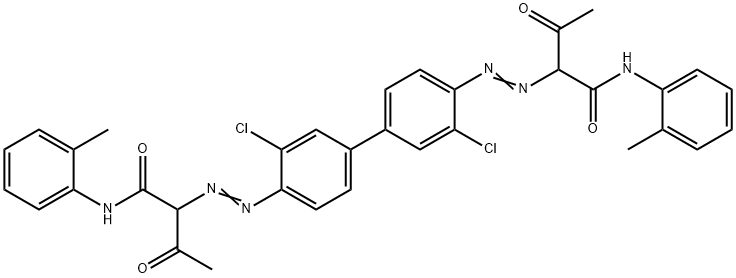
- Chemical Name:Pigment Yellow 14
- CAS:5468-75-7
- MF:C34H30Cl2N6O4
- Structure:

- Chemical Name:Pigment Yellow 83
- CAS:5567-15-7
- MF:C36H32Cl4N6O8
- Structure:
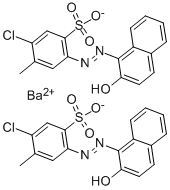
- Chemical Name:Pigment Red 53:1
- CAS:5160-02-1
- MF:C34H24BaCl2N4O8S2
- Structure:
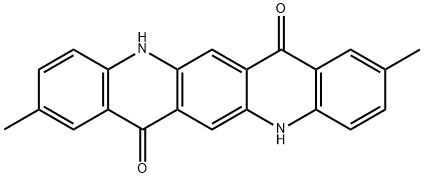
- Chemical Name:Pigment Red 122
- CAS:980-26-7
- MF:C22H16N2O2
- Structure:
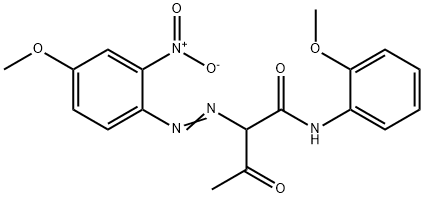
- Chemical Name:Pigment Yellow 65
- CAS:6528-34-3
- MF:C18H18N4O6
- Structure:
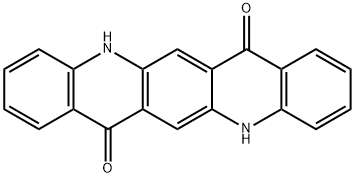
- Chemical Name:Quinacridone
- CAS:1047-16-1
- MF:C20H12N2O2
- Structure:

- Chemical Name:Carbon Black
- CAS:1333-86-4
- MF:C
- Structure:
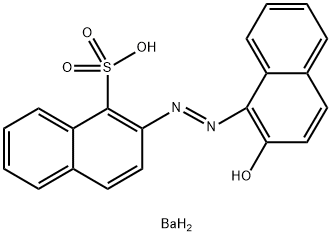
- Chemical Name:Pigment Red 49:1
- CAS:1103-38-4
- MF:C20H16BaN2O4S
- Structure:
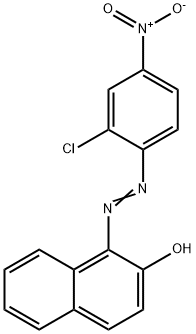
- Chemical Name:Pigment Red 4
- CAS:2814-77-9
- MF:C16H10ClN3O3
- Structure:
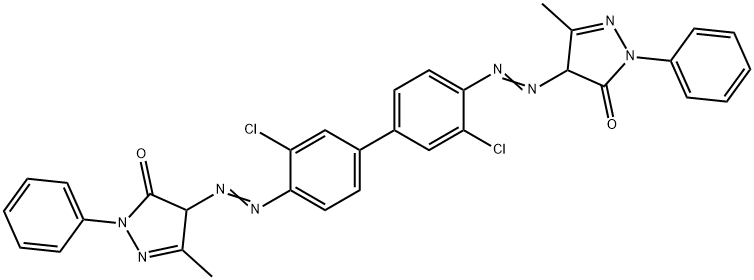
- Chemical Name:Pigment Orange 13
- CAS:3520-72-7
- MF:C32H24Cl2N8O2
- Structure:
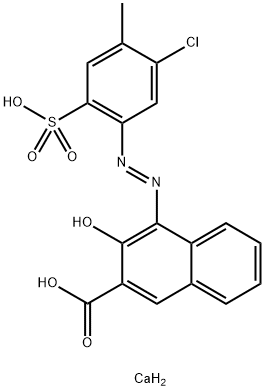
- Chemical Name:Pigment Red 48:2
- CAS:7023-61-2
- MF:C18H15CaClN2O6S
- Structure:
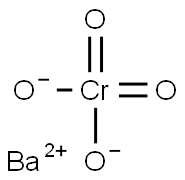
- Chemical Name:Barium chromate
- CAS:10294-40-3
- MF:BaCrO4
- Structure:
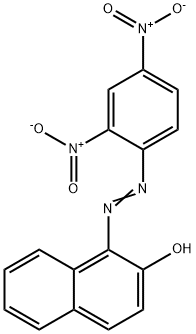
- Chemical Name:Pigment Orange 5
- CAS:3468-63-1
- MF:C16H10N4O5
- Structure:
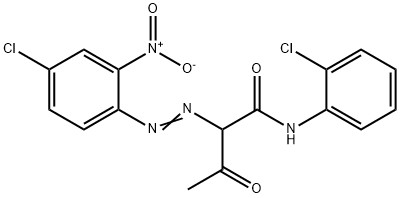
- Chemical Name:Pigment Yellow 3
- CAS:6486-23-3
- MF:C16H12Cl2N4O4
- Structure:
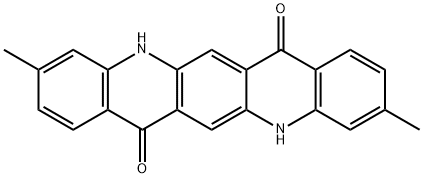
- Chemical Name:Pigment Red 122
- CAS:16043-40-6
- MF:C22H16N2O2
- Structure:
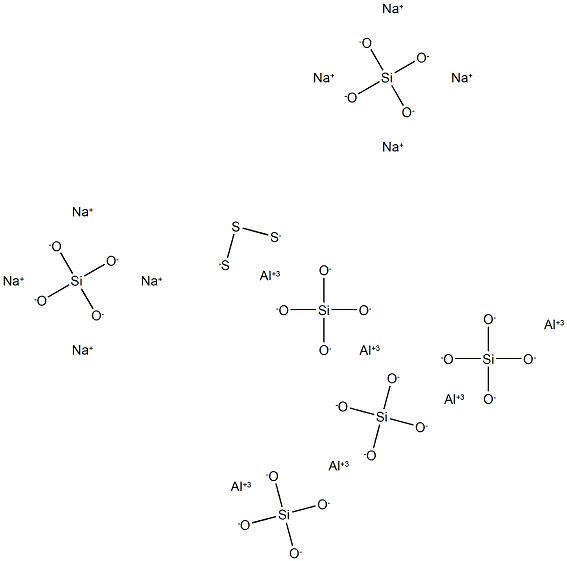
- Chemical Name:Pigment Blue 29
- CAS:57455-37-5
- MF:Al6Na8O24S3Si6
- Structure:
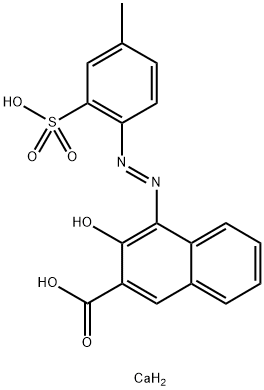
- Chemical Name:Pigment Red 57:1
- CAS:5281-04-9
- MF:C18H16CaN2O6S
- Structure:
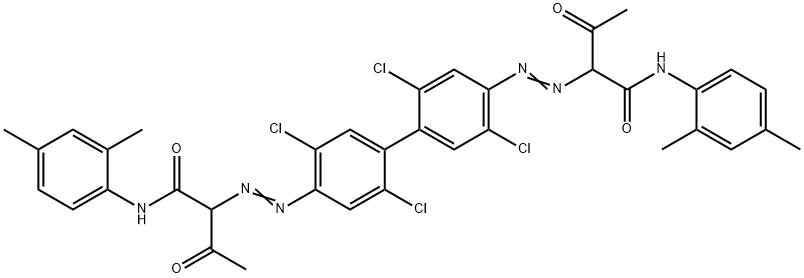
- Chemical Name:Pigment Yellow 81
- CAS:22094-93-5
- MF:C36H32Cl4N6O4
- Structure:
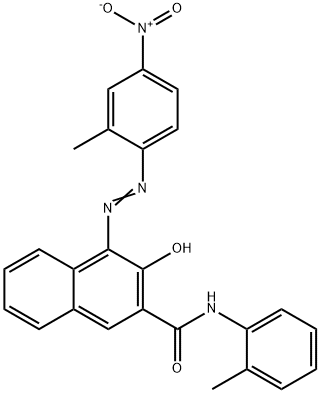
- Chemical Name:Pigment Red 12
- CAS:6410-32-8
- MF:C25H20N4O4
- Structure:
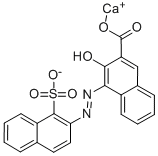
- Chemical Name:Pigment Red 63:1
- CAS:6417-83-0
- MF:C21H12CaN2O6S
- Structure:
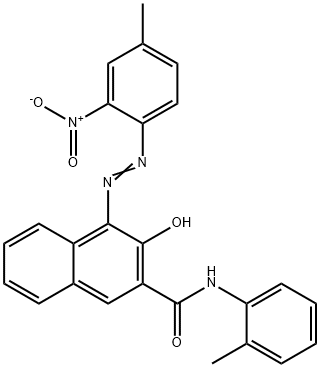
- Chemical Name:Pigment Red 13
- CAS:6535-47-3
- MF:C25H20N4O4
- Structure:
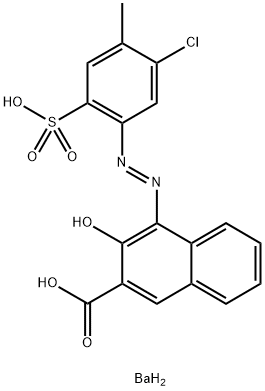
- Chemical Name:Pigment Red 48:1
- CAS:7585-41-3
- MF:C18H15BaClN2O6S
- Structure:
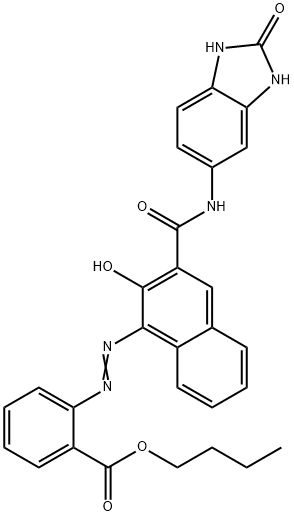
- Chemical Name:Butyl 2-[[3-[[(2,3-dihydro-2-oxo-1H-benzimidazol-5-yl)amino]carbonyl]-2-hydroxy-1-naphthyl]azo]benzoate
- CAS:31778-10-6
- MF:C29H25N5O5
- Chemical Name:Permanent Yellow 2GS
- CAS:
- MF:
- Structure:
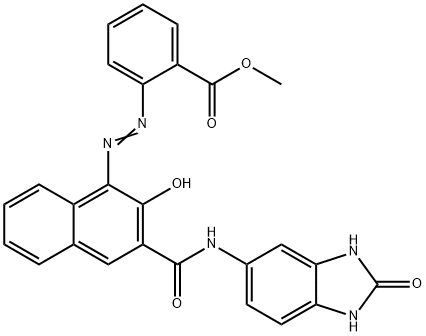
- Chemical Name:Pigment Red 175
- CAS:6985-92-8
- MF:C26H19N5O5
- Chemical Name:Acetylene black
- CAS:
- MF:
- Structure:
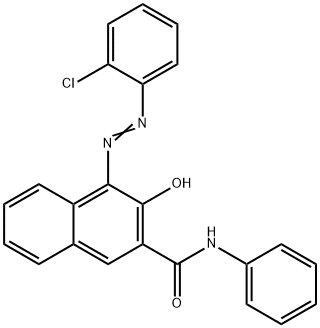
- Chemical Name:Pigment Red 21
- CAS:6410-26-0
- MF:C23H16ClN3O2
- Structure:
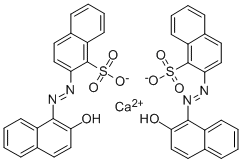
- Chemical Name:Pigment Red 49:2
- CAS:1103-39-5
- MF:C40H26CaN4O8S2
- Structure:
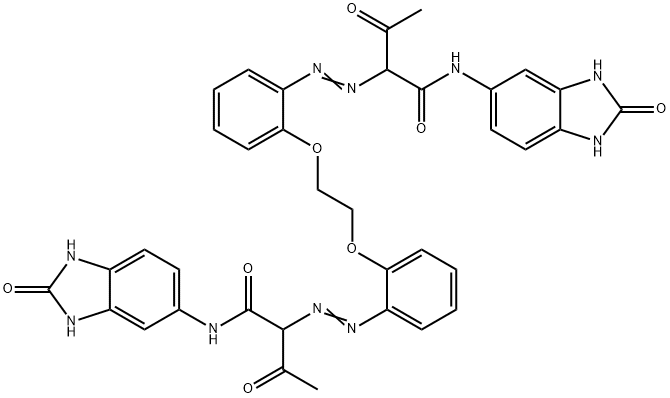
- Chemical Name:Pigment Yellow 180
- CAS:77804-81-0
- MF:C36H32N10O8
- Structure:

- Chemical Name:ARSENIC (III) SULFIDE
- CAS:1303-33-9
- MF:As2S3
- Structure:
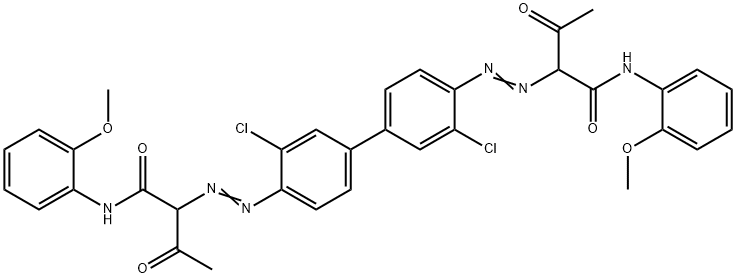
- Chemical Name:Pigment Yellow 17
- CAS:4531-49-1
- MF:C34H30Cl2N6O6
- Structure:
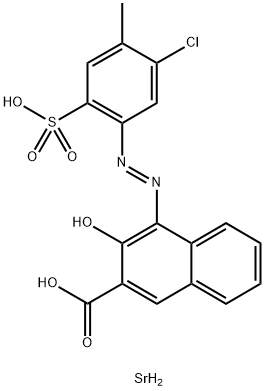
- Chemical Name:Pigment Red 48:3
- CAS:15782-05-5
- MF:C18H15ClN2O6SSr
- Structure:
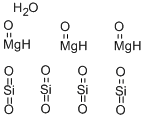
- Chemical Name:Talc
- CAS:14807-96-6
- MF:3MgO.4O2Si.H2O
- Structure:

- Chemical Name:Pigment Blue 27
- CAS:12240-15-2
- MF:C6Fe2KN6
- Structure:

- Chemical Name:Copper(II) phthalocyanine
- CAS:147-14-8
- MF:C32H16CuN8
- Structure:
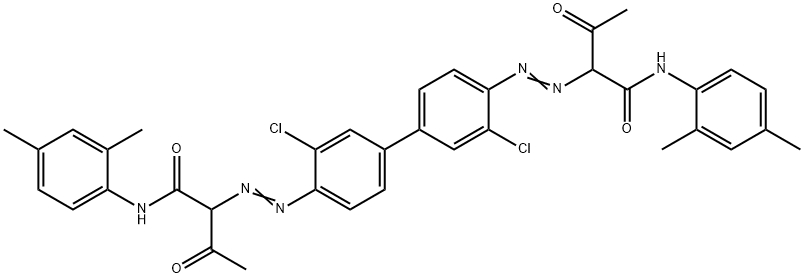
- Chemical Name:Pigment Yellow 13
- CAS:5102-83-0
- MF:C36H34Cl2N6O4
- Structure:
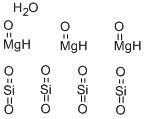
- Chemical Name:TALC
- CAS:13376-74-4
- MF:H2Mg3O12Si4
- Structure:
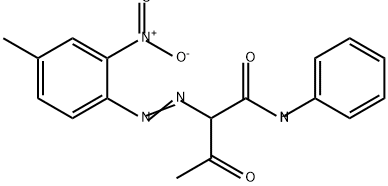
- Chemical Name:Fast Yellow G
- CAS:2512-29-0
- MF:C17H16N4O4
- Structure:
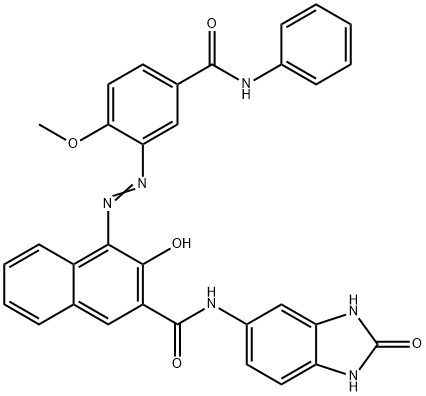
- Chemical Name:Pigment Red 176
- CAS:12225-06-8
- MF:C32H24N6O5
- Structure:
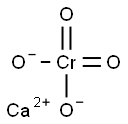
- Chemical Name:Calcium chromate
- CAS:13765-19-0
- MF:CaCrO4
- Structure:
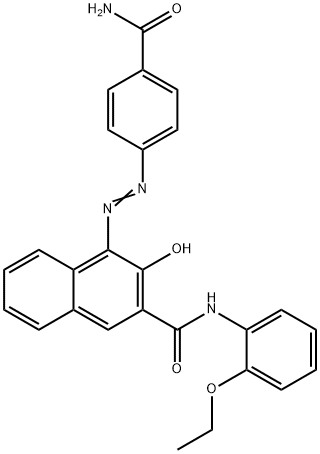
- Chemical Name:Pigment Red 170
- CAS:2786-76-7
- MF:C26H22N4O4
- Structure:

- Chemical Name:Permanent Violet RL
- CAS:6358-30-1
- MF:C35H23Cl2N3O2
- Structure:
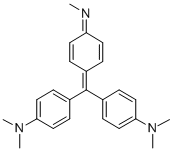
- Chemical Name:Pigment Violet 3
- CAS:1325-82-2
- MF:C24H27N3
- Chemical Name:Molybdate chrome red
- CAS:
- MF:
- Structure:
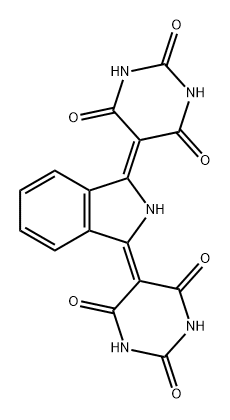
- Chemical Name:Pigment Yellow 139
- CAS:36888-99-0
- MF:C16H9N5O6
- Chemical Name:CI NO 77605
- CAS:12656-85-8
- MF:PbCrO4,PbMoO4,PbSO4
- Chemical Name:Ketjen Black carbon
- CAS:
- MF:
- Structure:
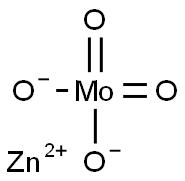
- Chemical Name:ZINC MOLYBDATE
- CAS:13767-32-3
- MF:MoO4Zn
- Structure:

- Chemical Name:Lithopone
- CAS:1345-05-7
- MF:BaO5S2Zn2
- Structure:
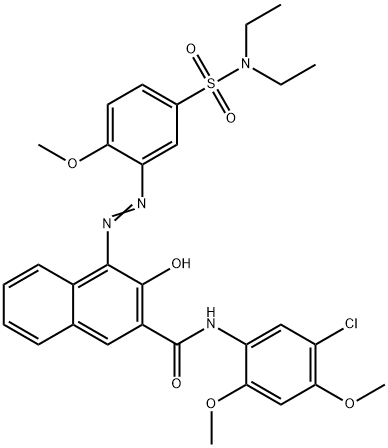
- Chemical Name:Pigment Red 5
- CAS:6410-41-9
- MF:C30H31ClN4O7S
- Structure:
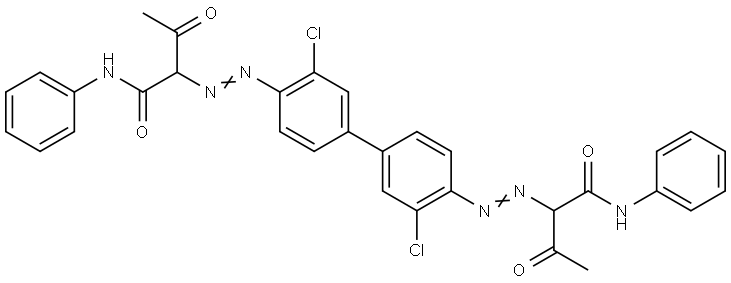
- Chemical Name:Pigment Yellow 12
- CAS:6358-85-6
- MF:C32H26Cl2N6O4
- Structure:
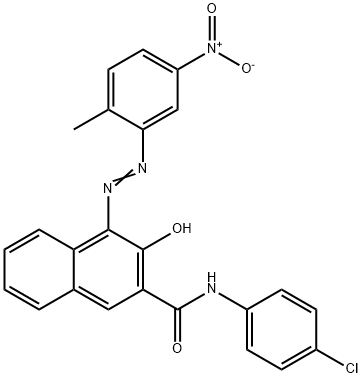
- Chemical Name:Pigment Red 8
- CAS:6410-30-6
- MF:C24H17ClN4O4
- Structure:
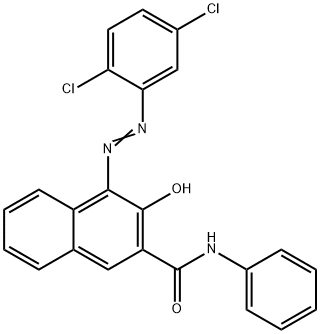
- Chemical Name:Pigment Red 2
- CAS:6041-94-7
- MF:C23H15Cl2N3O2
- Structure:
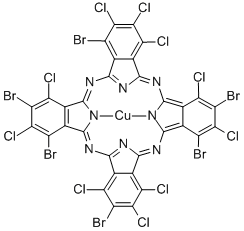
- Chemical Name:Pigment Green 36
- CAS:14302-13-7
- MF:C32Br6Cl10CuN8
- Chemical Name:Pigment Permanent Red F3RK
- CAS:
- MF:
- Chemical Name:Plastic brown
- CAS:
- MF:
- Chemical Name:Pigment Violet 19
- CAS:
- MF:C20H12N2O2
- Structure:
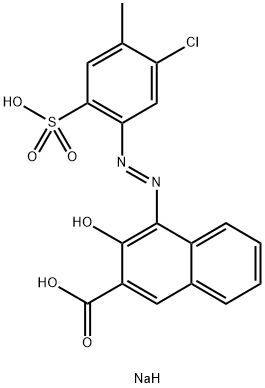
- Chemical Name:disodium 4-[(5-chloro-4-methyl-2-sulphonatophenyl)azo]-3-hydroxy-2-naphthoate
- CAS:3564-21-4
- MF:C18H14ClN2NaO6S
- Chemical Name:12 PIGMENT YELLOW 12
- CAS:
- MF:
- Chemical Name:Pigment Permanent Orange R
- CAS:
- MF:
- Chemical Name:Pigment Fast Jade Green Lake
- CAS:
- MF:
- Chemical Name:Plastic Colouring Agent
- CAS:
- MF:
- Structure:
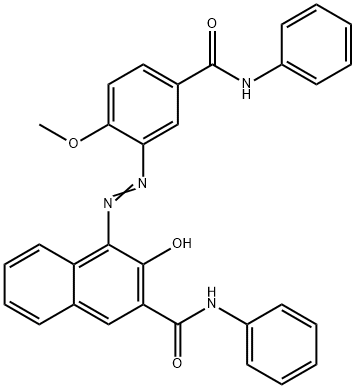
- Chemical Name:Pigment Red 32
- CAS:6410-29-3
- MF:C31H24N4O4
- Structure:
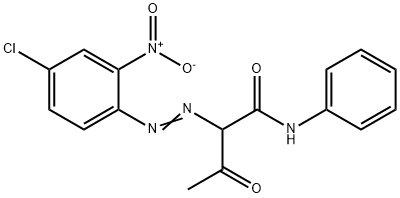
- Chemical Name:Pigment Yellow 6
- CAS:4106-76-7
- MF:C16H13ClN4O4
- Structure:
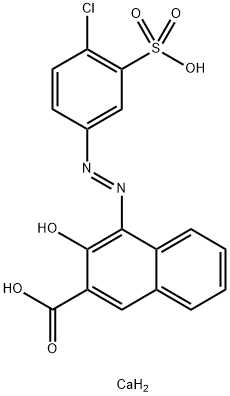
- Chemical Name:calcium 4-[(4-chloro-3-sulphonatophenyl)azo]-3-hydroxy-2-naphthoate
- CAS:7538-59-2
- MF:C17H13CaClN2O6S
- Structure:
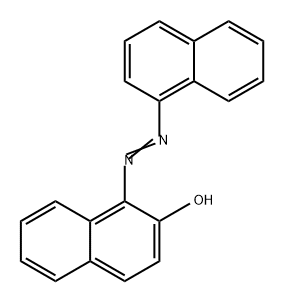
- Chemical Name:1-(1-naphthylazo)-2-naphthol
- CAS:2653-64-7
- MF:C20H14N2O
- Structure:
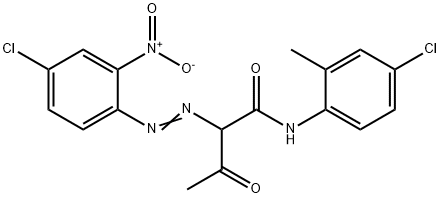
- Chemical Name:N-(4-Chloro-2-methylphenyl)-2-[(4-chloro-2-nitrophenyl)azo]-3-oxobutanamide
- CAS:32432-45-4
- MF:C17H14Cl2N4O4
- Chemical Name:Pearlescent pigment
- CAS:
- MF:
- Structure:
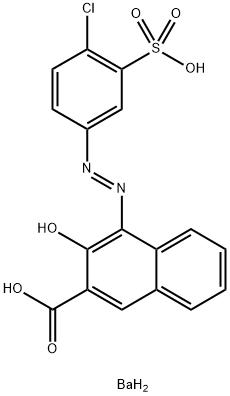
- Chemical Name:PIGMENT RED 58:1
- CAS:76613-71-3
- MF:C17H13BaClN2O6S
- Chemical Name:C. I. Solvent Yellow 14
- CAS:
- MF:
- Chemical Name:Pigment Fast Light Red Lake
- CAS:
- MF:
- Structure:
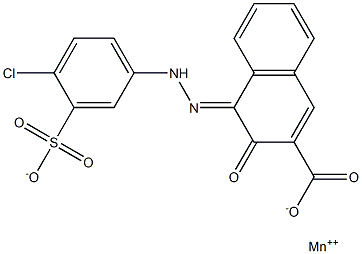
- Chemical Name:Manganese, 4-[(4-chloro-3-sulfophenyl)azo]-3-hydroxy-2-naphthalenecarboxylic acid complex
- CAS:52233-00-8
- MF:C17H9ClMnN2O6S
- Chemical Name:Spirit Light Fast Yellow GR
- CAS:
- MF:
- Chemical Name:Pigment Organic Medium Yellow
- CAS:
- MF:
- Structure:
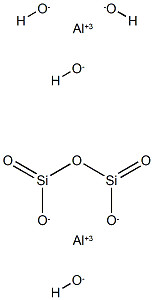
- Chemical Name:Kaolinite
- CAS:1318-74-7
- MF:Al2H4O9Si2
- Structure:
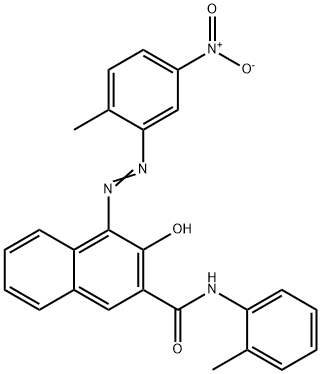
- Chemical Name:3-Hydroxy-4-[(2-methyl-5-nitrophenyl)azo]-N-(2-methylphenyl)-2-naphthalenecarboxamide
- CAS:6655-84-1
- MF:C25H20N4O4
- Structure:
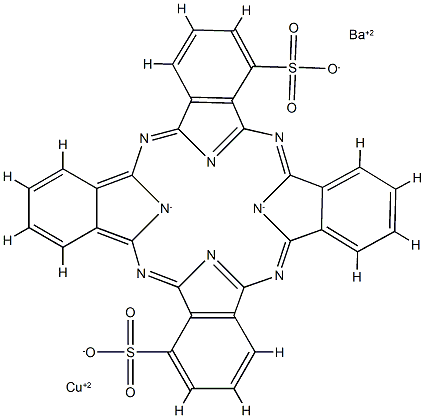
- Chemical Name:barium [29H,31H-phthalocyaninedisulphonato(4-)-N29,N30,N31,N32]cuprate(2-)
- CAS:67340-41-4
- MF:C32H14BaCuN8O6S2
- Structure:
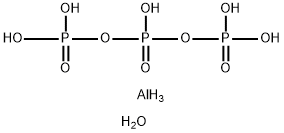
- Chemical Name:Aluminium dihydrogen tripolyphosphate
- CAS:17375-35-8
- MF:AlH10O11P3
- Structure:
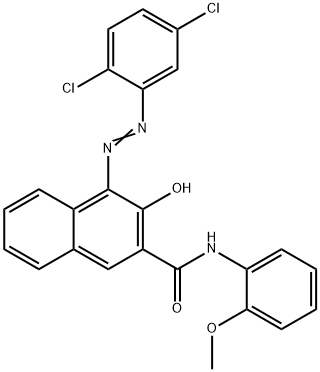
- Chemical Name:Pigment Red 9
- CAS:6410-38-4
- MF:C24H17Cl2N3O3
- Chemical Name:Pigment Organic Lemon Yellow
- CAS:
- MF:C16H9N4Na3O9S2
- Chemical Name:Praseodymium-Zircon Yellow
- CAS:
- MF:ZrSiO4-Pr
- Structure:
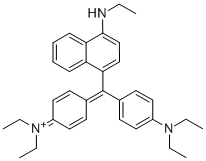
- Chemical Name:Pigment Blue 1
- CAS:1325-87-7
- MF:C132H161MoN12O11PW
- Structure:
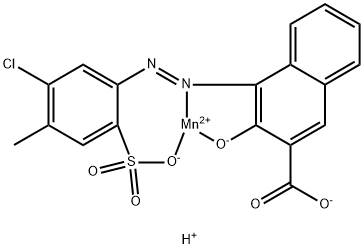
- Chemical Name:Pigment Red 48:4
- CAS:5280-66-0
- MF:C18H11ClMnN2O6S
- Structure:
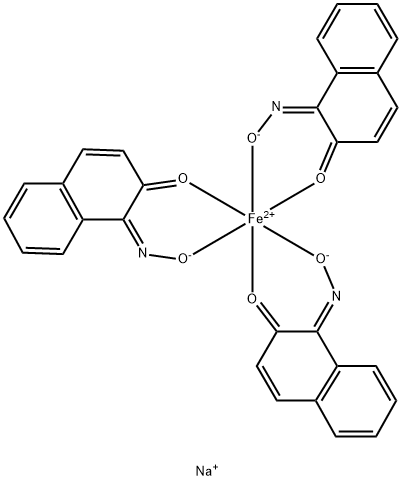
- Chemical Name:Pigment Green 8
- CAS:16143-80-9
- MF:C30H18FeN3NaO6
- Structure:
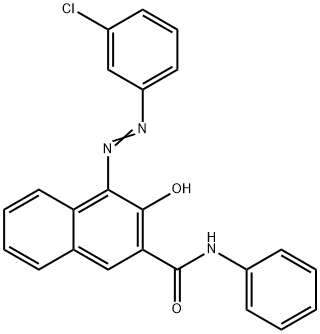
- Chemical Name:4-[(3-chlorophenyl)azo]-3-hydroxy-N-phenylnaphthalene-2-carboxamide
- CAS:6410-27-1
- MF:C23H16ClN3O2
- Chemical Name:Fast Yellow RX
- CAS:
- MF:
- Chemical Name:COBALT BLUE
- CAS:1345-16-0
- MF:CoO·Al2O3
- Structure:

- Chemical Name:KAOLIN
- CAS:1332-58-7
- MF:H2Al2O8Si2.H2O
- Structure:
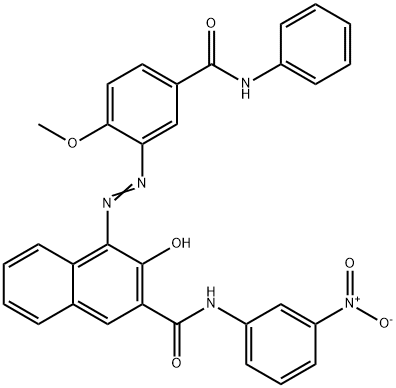
- Chemical Name:Pigment Red 31
- CAS:6448-96-0
- MF:C31H23N5O6
- Structure:
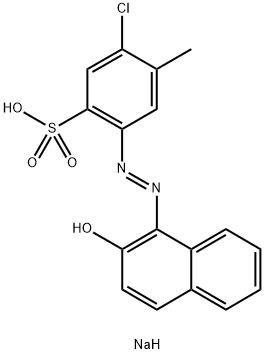
- Chemical Name:sodium 5-chloro-2-(2-hydroxy-1-naphthylazo)toluene-4-sulfonate
- CAS:2092-56-0
- MF:C17H14ClN2NaO4S
- Chemical Name:23 PIGMENT VIOLET 23
- CAS:
- MF:
- Chemical Name:Fast Pink lake
- CAS:
- MF:
- Chemical Name:Light Fast Rose Red Lake
- CAS:
- MF:
- Structure:
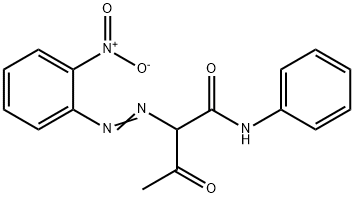
- Chemical Name:Pigment Yellow 5
- CAS:4106-67-6
- MF:C16H14N4O4
- Structure:
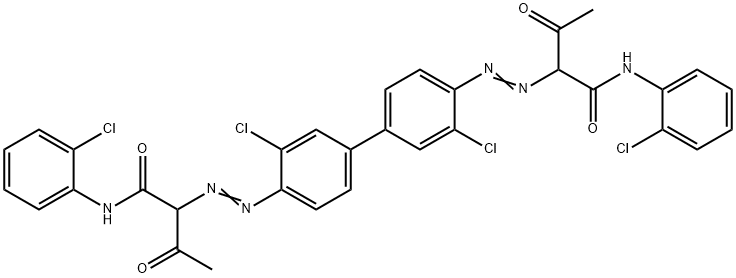
- Chemical Name:Pigment Yellow 63
- CAS:14569-54-1
- MF:C32H24Cl4N6O4
- Structure:
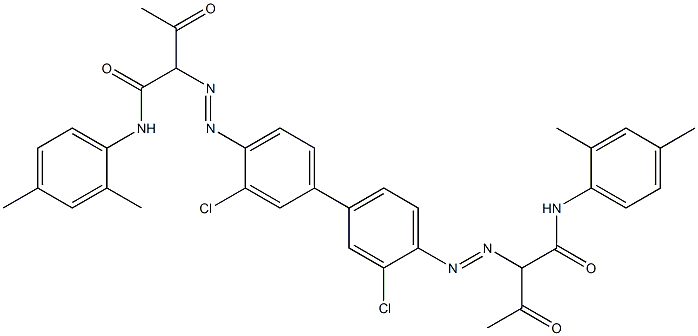
- Chemical Name:Benzidine Yellow GR
- CAS:61614-29-7
- MF:C36H34Cl2N6O4
- Chemical Name:Chrom-tin-Pink Stannite Pigment
- CAS:
- MF:CaO-SnO2-SiO2(Cr2O3)
- Chemical Name:Iron oxide brown
- CAS:52357-70-7
- MF:(Fe2O3+FeO)·nH2O
- Structure:
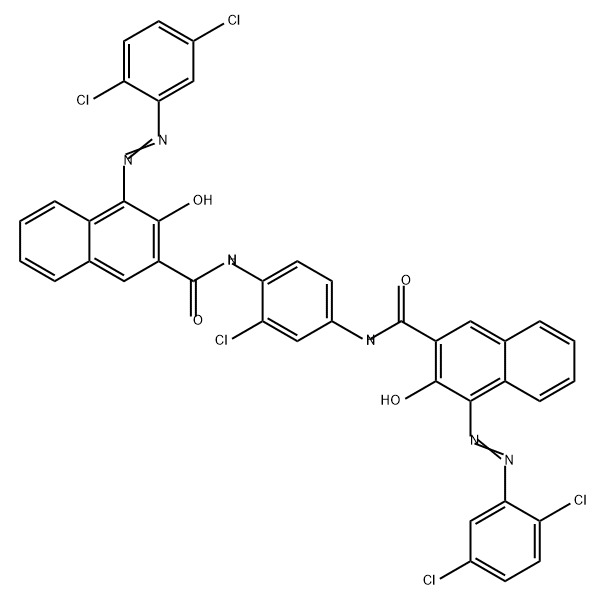
- Chemical Name:Pigment Red 144
- CAS:5280-78-4
- MF:C40H23Cl5N6O4
- Structure:
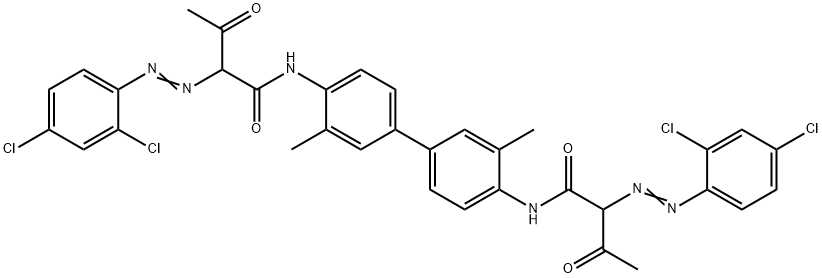
- Chemical Name:Pigment Yellow 16
- CAS:5979-28-2
- MF:C34H28Cl4N6O4